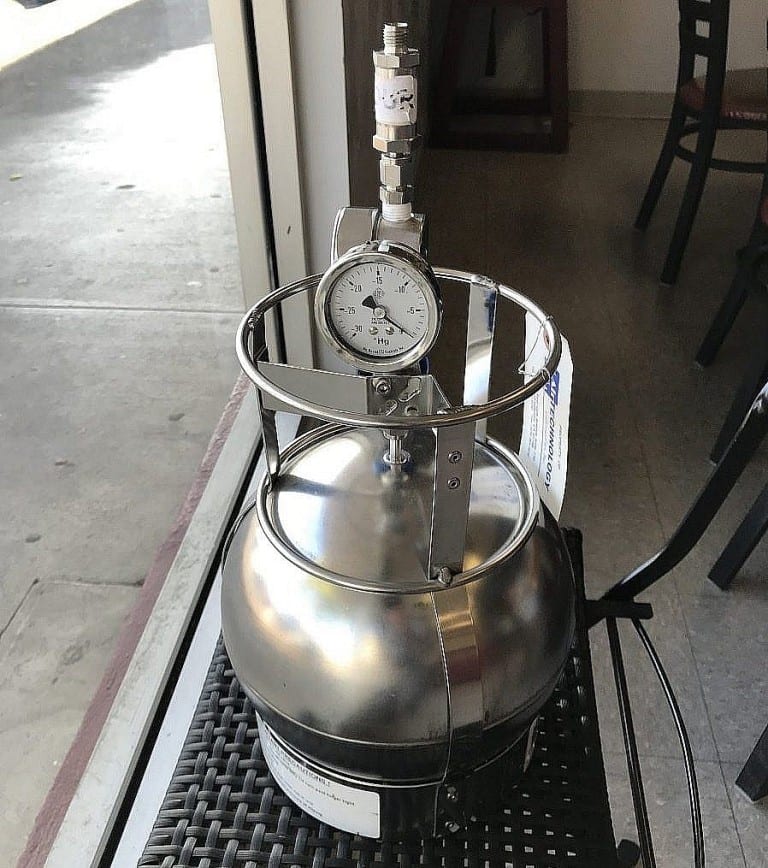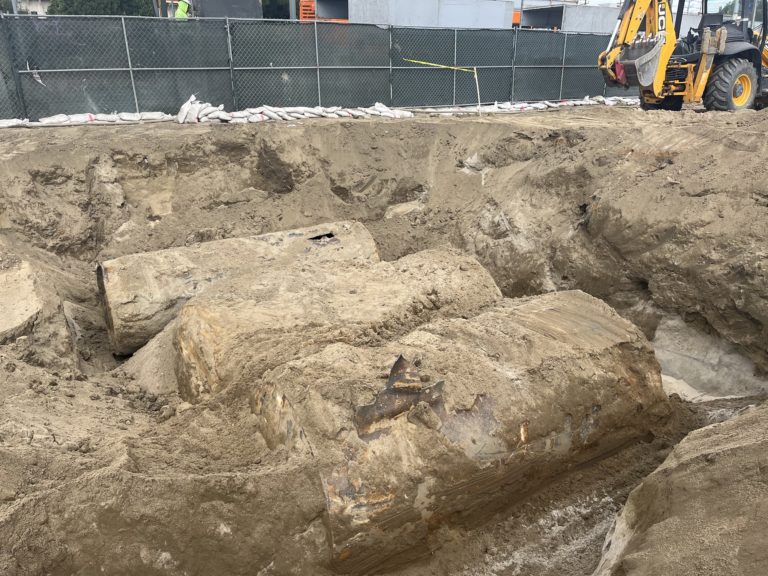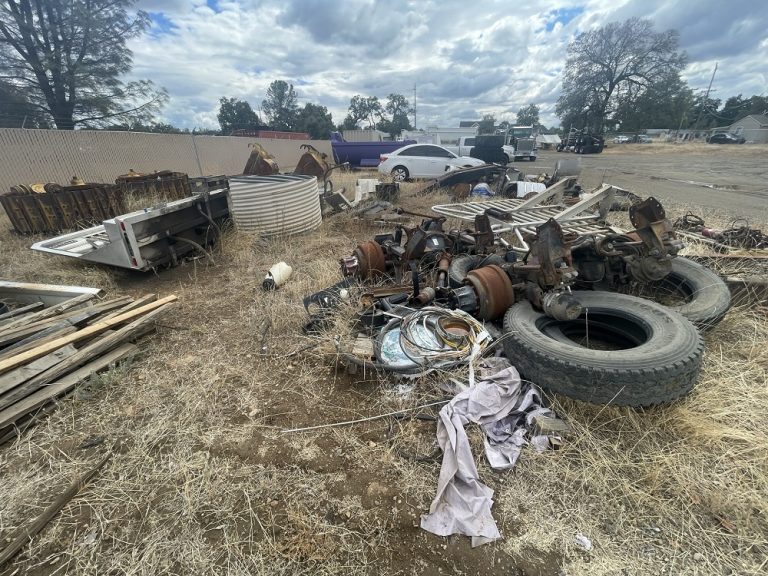The Historical Salton Sea Fishery
The Salton Sea fishery is a historical part of the Salton Sea, California’s largest body of water and arguably, the largest environmental disaster to date. At a time before toxicity levels at the Salton Sea became problematic, many fish species were stocked into the lake for sport and commercial purposes. Historically, the Salton Sea Fishery supported over thirty fish species in its ecosystem, but population declines occurred over time due to increasing levels of salinity and toxic chemical contamination.
Formation and Early Years of the Fishery
In 1905, the newly formed Salton Sea offered a recreational opportunity, leading to various species of fish in the lake for sport and commercial fishing. In fact, several types of invertebrates were introduced to serve as a food source. The Salton Sea Fishery is understood to have undergone three distinct phases: a freshwater phase, with a transition to a marine phase, and later a hypersaline phase. The freshwater and marine phases lasted from the early 1900s until the late 1960s. The hypersaline phase began in the mid-1960s when salinity levels exceeded 35 parts per trillion by volume (PPT). And increasing salinity continues today.
Changes in Salinity and Fish Population
Initially, the lower salinity levels supported a large population of fish native to the Colorado River. However, by 1929 these native fish ceased to exist as salinity levels rose above life-supporting tolerance levels. Over thirty species of fish (both freshwater and saltwater) are introduced between the late 1920s and the mid-1950s to maintain the Salton Sea Fishery. However, salinity levels continue to rise, and by the mid-1960s, the Salton Sea becomes hypersaline. Despite this, tilapia manage to establish themselves and thrive even in extremely salty conditions.
Commercial and Recreational Aspects
A commercial fishery was established in 1915 to harvest the larger population of mullet in the Salton Sea. In fact, at its peak, fishermen reportedly saw a harvest of 91,000 pounds. By 1918, a rapid population decline was noticed and by 1921, the fishery was abandoned. The recreational fishery was first promoted in 1907, but it was never specific to a species as the increasing water salinity caused the species to decline.
From 1948 to the 1950s, the California Department of Fish and Game attempted to establish new permanent species that could withstand the water quality. Fish that saw success in 1950 are orangemouth corvina, shortfin corvina, and gulf croakers. By the late 1950s and early 1960s, tilapia, gulf croaker, orangemouth corvina, and sargo were stocked and sustained an important sport fishery. In the 1960s, the Salton Sea Fishery peaked when it was considered the most productive fishery in the state. Since the 1960s, populations slowly declined. And by the 1990s, many of the fisheries were abandoned. By 2003, the popular orangemouth corvina disappeared, leaving only a tilapia fishery.
Current Status and Future Prospects of the Salton Sea Fishery
Today, the historical fishery of the Salton Sea continues to be a thing of the past. Since attempting to establish a permanent fishery, the California Department of Fish and Game witnessed mass die-offs from the continuously increasing salt levels and high nutrient levels from agricultural drainage. The successful species to survive all the trials is the tilapia, but through the years, tilapia has also faced mass die-offs. There are currently no efforts to restore the Salton Sea Fishery. But a Salton Sea Management Program aims to restore the habitat utilized by various shorebird species.
Written By: Bruce Branstad Jr.
Edited By: Staff, June 11, 2024




